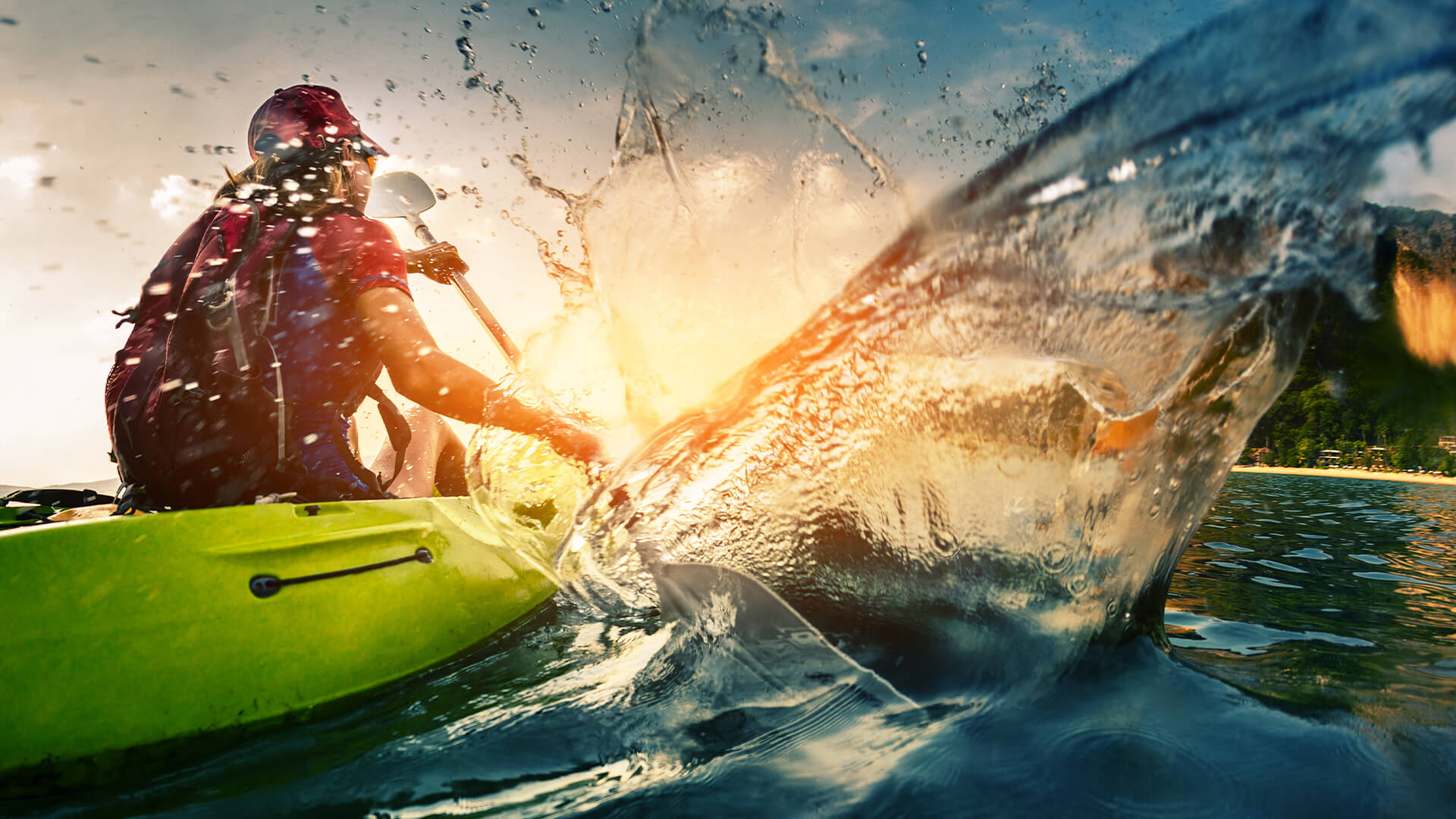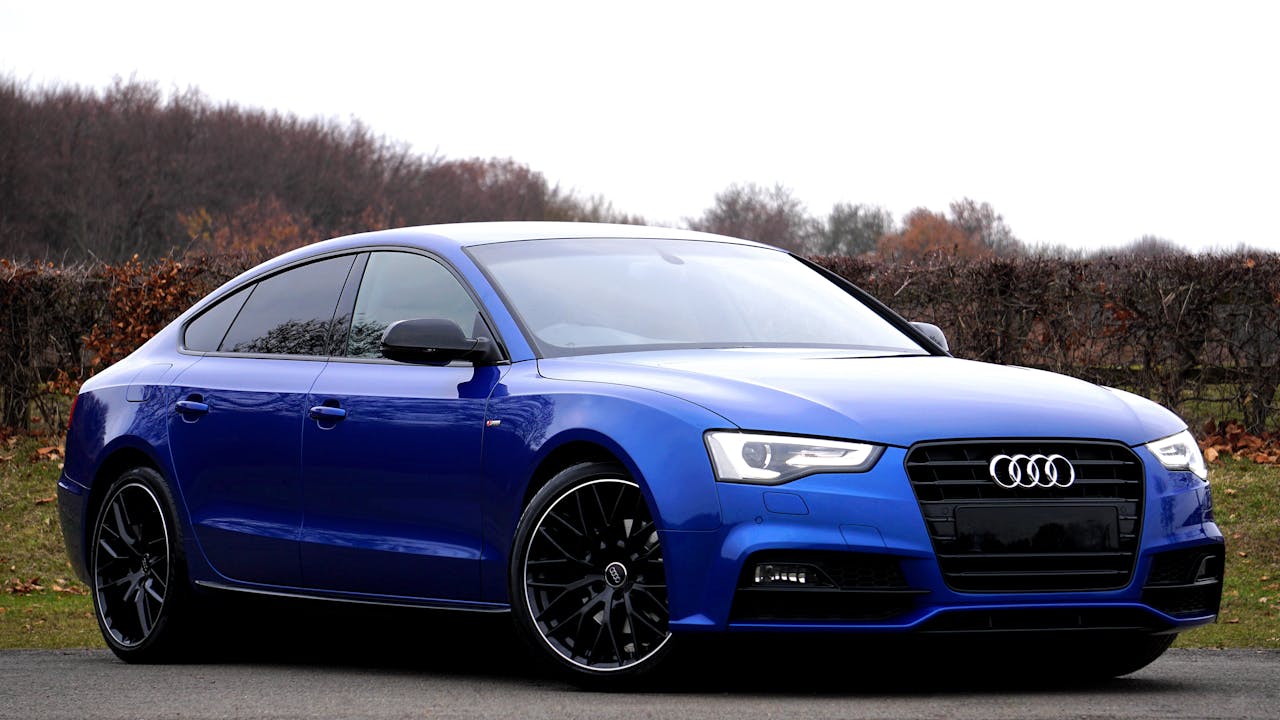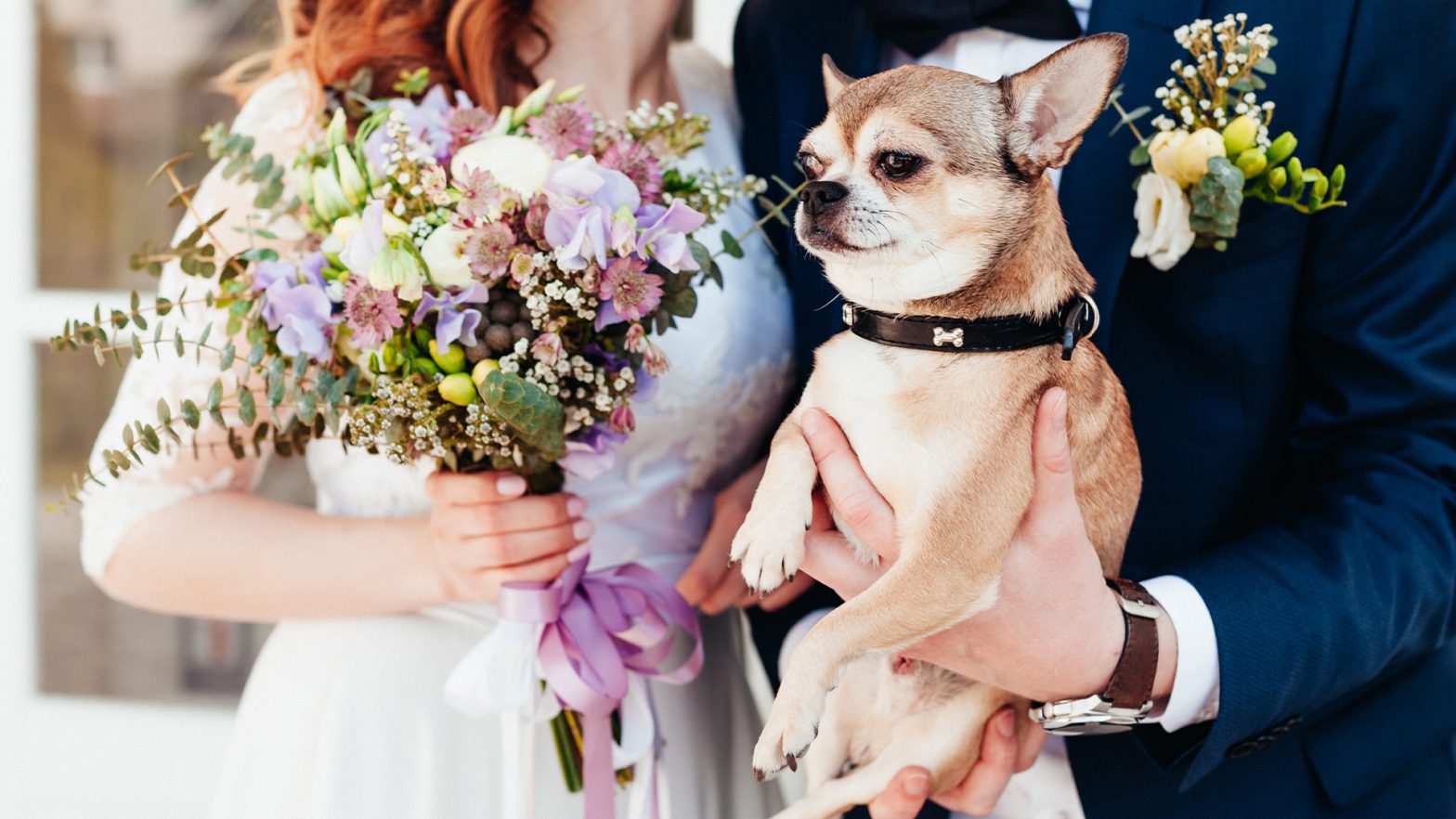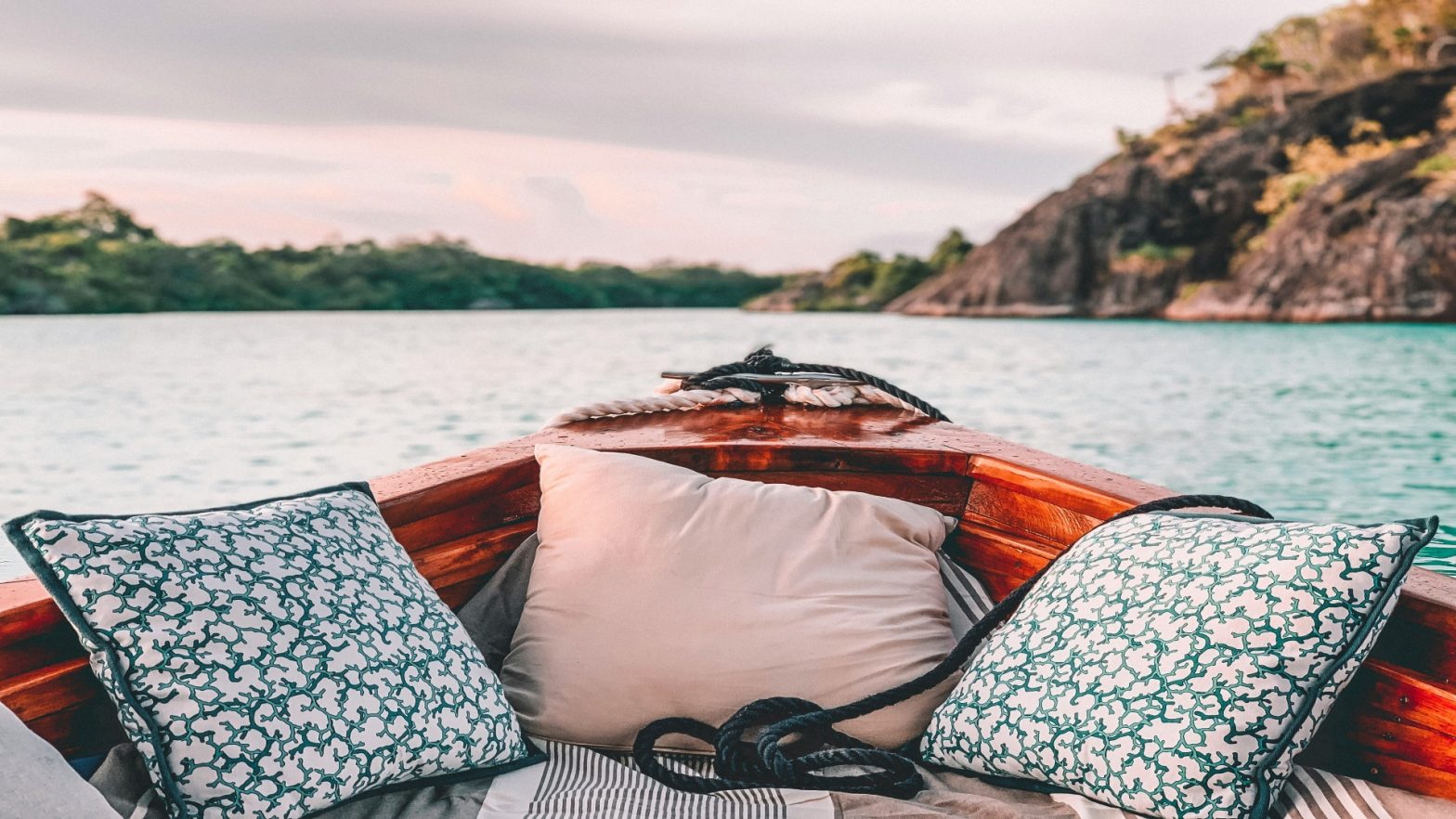
Kayaking has become a very popular sport in recent years. There are many places where you can join organized kayak tours, but if you want to go on your own, you will need the proper gear. In this article, we’ll tell you about some tips and suggestions that can help make your next purchase of kayaking equipment easy and fun.
Choosing the Right Kayak
The first and most important piece of gear is your kayak. If you are new to the sport, it is recommended to go for a tandem kayak that can carry two people. Most kayaks are designed to fit two or more individuals, sitting one in front of the other. This provides better stability while also allowing you to share the fun with someone else. The front paddler steers the kayak while the other person in the back works on propelling it forward.
If you are a professional kayaker, you can choose a solo kayak. These are small in size and have just enough space for the person inside. This makes them much lighter, which is important if you want to be able to move around quickly when paddling. However, if you are kayaking with your family, you should choose a tandem kayak as these are safer and more stable. Some boats can accommodate entire families, but they are a bit more expensive and just a tad heavier.
How to Choose the Right Paddles
The next thing to consider is your choice of the paddle. You have three options here: traditional, bow, and feathered styles. A traditional paddle with two blades is very popular because most people find it easy to use simply pull water toward you as you push away from it. The only downside is that they are less efficient than their counterparts are. Other options include a kayak paddle with a single, large blade and a feathered paddle that has one smaller blade on the right side and a longer handle on the other. The advantage of these two styles is that, as you pull back with them, your kayaks will move forward smoothly like an airplane’s wing.
Which one you will choose depends on your experience. If you are a beginner, go for either one of the two pairs of paddles mentioned above, and don’t worry about it too much, as most kayaks come with basic paddles that will do just fine.
Get the Right Life Jacket and PFD
Life vests protect you in case of an accident or mishap while kayaking. They also help provide buoyancy in case you get stuck underwater or in currents that it hard for you to keep afloat. The best life jacket for kayaking is one that is U.S Coast Guard approved, has an adjustable strap, and fits snugly around your belly. If you are planning on white water kayaking or paddling during rough weather conditions, make sure to invest in a personal flotation device (PFD) as well. This particular piece of gear provides better protection than most other types of vests because it has inflatable compartments.
The best inflatable kayak vests are equipped with CO2 containers, which automatically deploy the gear in case of submersion. Upon submersion, the gas will fill up the vest so you can easily float to safety. Automatically inflatable PFD’s and life vests come with a built-in strobe light for added visual visibility.
Choose a Dry Bag or Kayak Pack
If you want to keep your belongings easily accessible and dry, you should get a kayak pack. Dry bags are another option that can be used for storing items such as park maps, sandwiches, and small coolers full of drinks. Make sure that the bag you buy is large enough to hold all your essential gear. Some also come with an extra external pocket that can help you organize smaller items like sunglasses and car keys. It would also be wise to purchase a bag that has an airtight seal. This will prevent any of your gear from getting wet or damaged during transportation and storage, especially if you are on the move by car or boat.
What About Whitewater Helmet?
Whitewater helmets are a great choice for kayakers who spend a lot of time in rough waters. Made from hard plastic and lightweight materials, head protection is important so you can prevent injuries to your scalp in case you fall off your boat. When it comes to selecting the right design for use in whitewater kayaking, it’s best to choose one that fits firmly around your head but won’t cover up your ears. Some whitewater helmet designs are better than others when it comes to fit and the ability to keep the user’s head protected during active kayaking. Take your time in choosing a reliable design that can perform well for years of use.
Kayaking should be a fun and rewarding experience for you and your family, however, always remember that safety comes first. If you want to have a safe and comfortable time on the water, it is essential to invest in quality gear as soon as possible. With these tips on choosing the right gear in mind kayaking will be both safe and exciting.











































